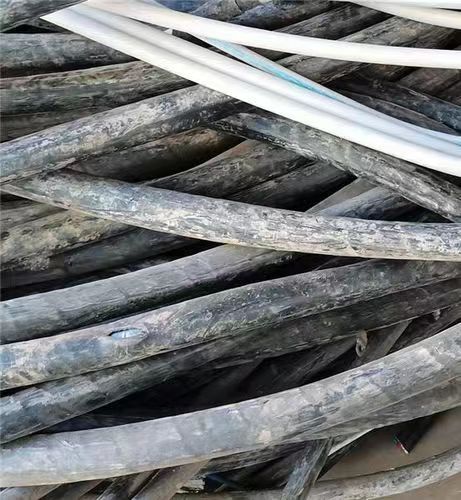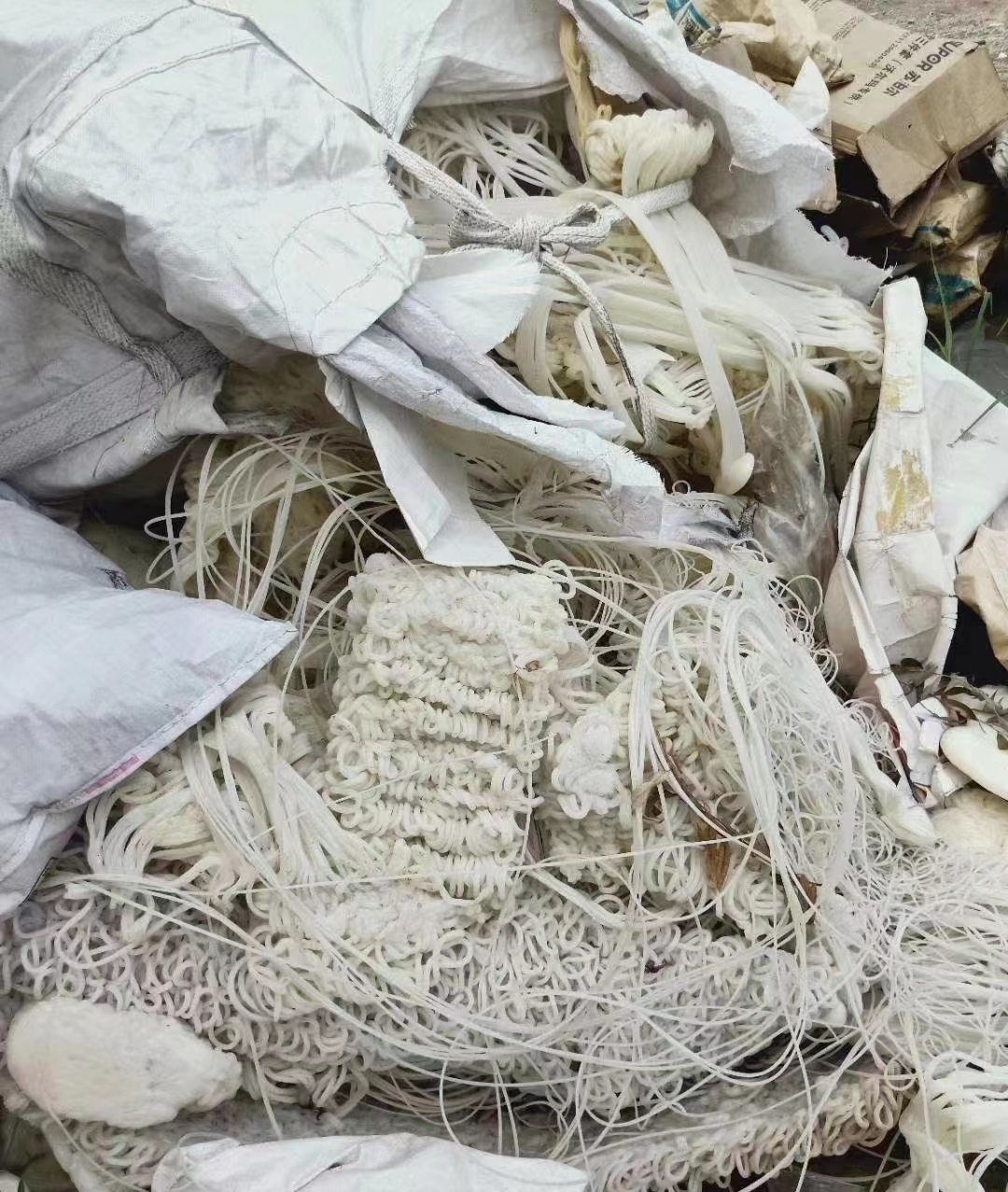Polyvinyl chloride is one of the five major general-purpose plastics in the world. Due to its lower production cost compared to polyethylene and some metals, and its excellent processing performance and physical and chemical properties of products, it can meet the needs of preparing hard to soft, elastic, fiber, coating and other properties, and is widely used in various fields such as industry, agriculture, and construction. How to recycle and utilize waste polyvinyl chloride is very important.
1.Regeneration
Firstly, direct regeneration can be performed. The direct regeneration of waste plastics refers to the direct processing and molding of waste plastics through cleaning, crushing, and plasticization without the need for various modifications, or the processing and molding of products through granulation. In addition, it can also be modified and regenerated. The modification and regeneration of old plastics refers to the physical and chemical modification of recycled plastics before processing and forming. Modification can be divided into physical modification and chemical modification. Filling, fiber composite, and blending toughening are the main means of physical modification of PVC. Filling modification refers to the modification method of uniformly mixing particulate filling modifiers with much higher modulus in polymers. Fiber composite reinforcement modification refers to the modification method of adding high modulus and high strength natural or artificial fibers into a polymer, thereby greatly improving the mechanical properties of the product. The chemical modification of PVC is achieved by altering the structure of PVC through certain chemical reactions.
2.Removal and utilization of hydrogen chloride
PVC contains about 59% chlorine. Unlike other carbon chain polymers, the branch chain of PVC breaks before the main chain during cracking, producing a large amount of hydrogen chloride gas, which will corrode the equipment, poison the Catalyst poisoning, and affect the quality of cracking products. Therefore, hydrogen chloride removal treatment should be performed during PVC cracking.
3.Burning PVC to utilize heat and chlorine gas
For waste plastics containing PVC, the characteristic of high heat generation is generally utilized to mix them with various combustible waste and produce solid fuels with uniform particle size. This not only facilitates storage and transportation, but also replaces the fuel used in coal burning boilers and industrial kilns, and dilutes chlorine to improve thermal efficiency.

Post time: Jul-21-2023





